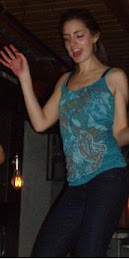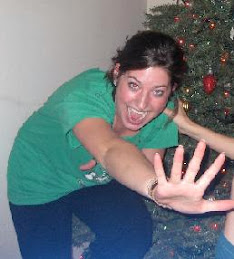This is the neighborhood called El Raval. It's a fairly long area stretching from Plaza Catalunya (very close to my school) down to the port, on the western side of La Rambla. As a matter of fact, La Boqueria is located on the edge of El Raval. For much of Barcelona's history, this area was countryside and gardens. The Boqueria was built on its edge as a place to slaughter animals to feed the city without bringing any of the diseases associated with animals into the city.
During the Industrial Revolution, housing was built up quickly. Port workers lived in the southern section of El Raval near the port and industrial workers and immigrants also moved into the area. It was a densely populated area with tenement housing--essentially a slum-- and soon became known for prostitution and crime.
When Barcelona was selected to have the 1992 Olympics, the city government began a rejuvenation process in the area. They replaced many of the most drug-infested areas with open plazas, built new University of Barcelona buildings, put in museums (including MNAC-- the museum of contemporary art), updated some of the housing and generally tried to make the area more welcoming for both tourists and people from other areas within the city.
This provides for an interesting area. There are many artsy shops and bars while there is also a large immigrant population (almost 50% of the population in the area is foreign-born). The buildings there reflect this mixture.
Old and new.
A reflection of the city (both old and new) in new construction.
Keeping the facade of an older building, nestled amongst church buildings, but building something new behind it. The whole concept of keeping a facade for a new building fascinates me. It is strange to see what is essentially a wall remain standing after it has lost its body. And then that facade becomes even more of a facade because it's hiding something so new behind it. It's deep.
Public housing for elderly whose old houses had been torn down.
El Rambla del Raval





.jpg)
.jpg)



No comments:
Post a Comment